Our campaigners
Our campaigners are a diverse group of adults from across the UK, united to speak out about living with a visible difference.
Our ambassadors are passionate about sharing their experiences of living with a visible difference to bring about real change across society.
Changing Faces ambassadors generously give their time to support our work, helping us raise our profile and increase awareness about issues such as mental health, hate crime, representation and the impact of discrimination.
Our ambassadors are experienced spokespeople who are passionate about sharing their experiences to bring about real change across society.
You can read their stories below.
If you are interested in arranging an interview, please email [email protected] or call 0207 391 9271 (out of hours call 07823 348125).
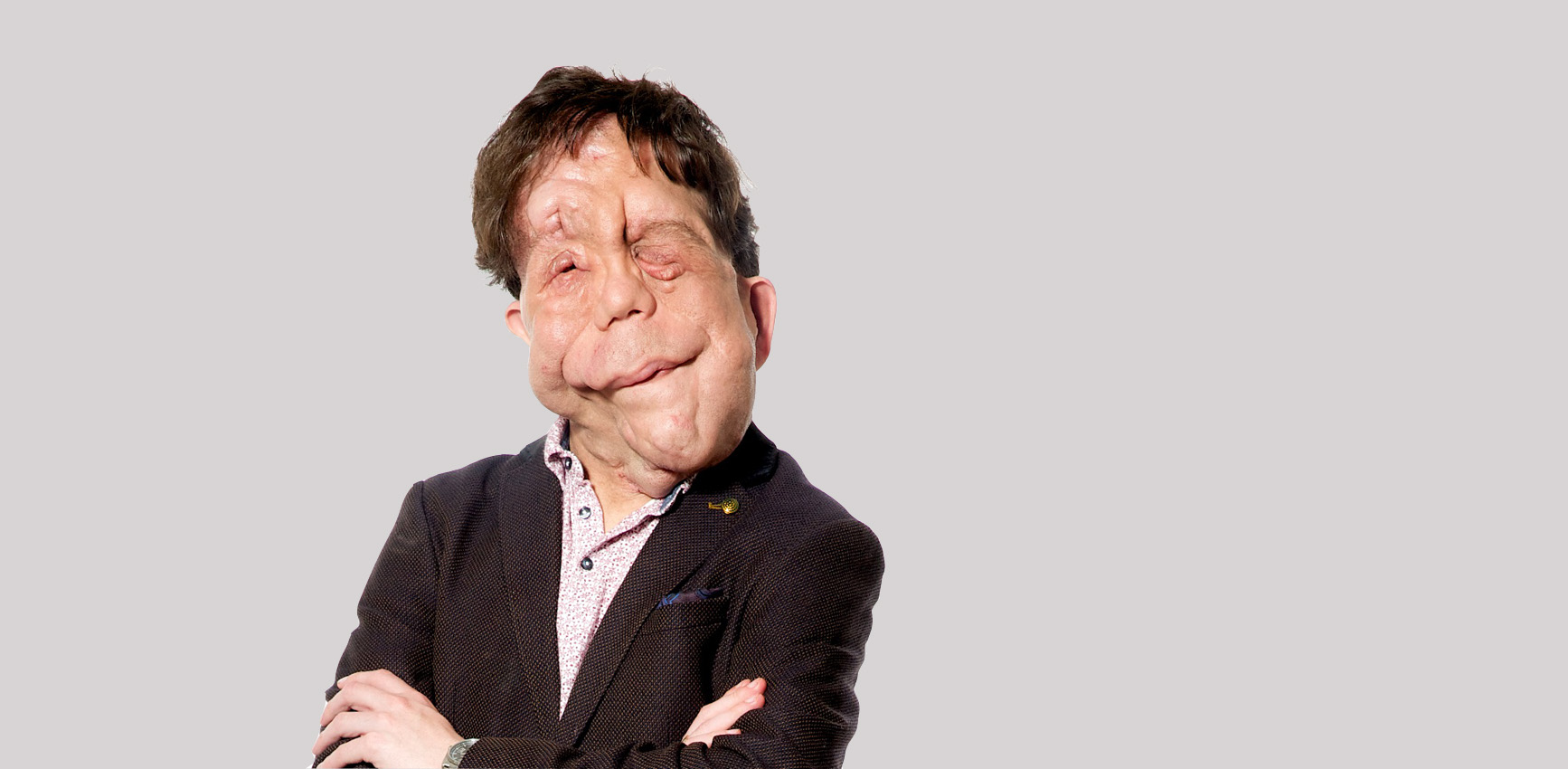
Adam is an award-winning campaigner, actor and presenter. Adam was born with the genetic condition neurofibromatosis, which causes non-cancerous tumours to grow on nerve tissues.
He first became involved with Changing Faces as a child and is now a fantastic ambassador speaking out about important issues such as appearance-related hate crime, as well as guest hosting the Changing Faces podcast, Voices of Visible Difference.
It’s not always easy looking different in a world that is so focused on perfection. Growing up there were no positive role models of people with disfigurements in the media. So now I’m on a mission to be more visible. I speak out and share my experiences, because if it helps one more man, or woman, feel able to share how they’re feeling about their appearance, that’s a job well done.
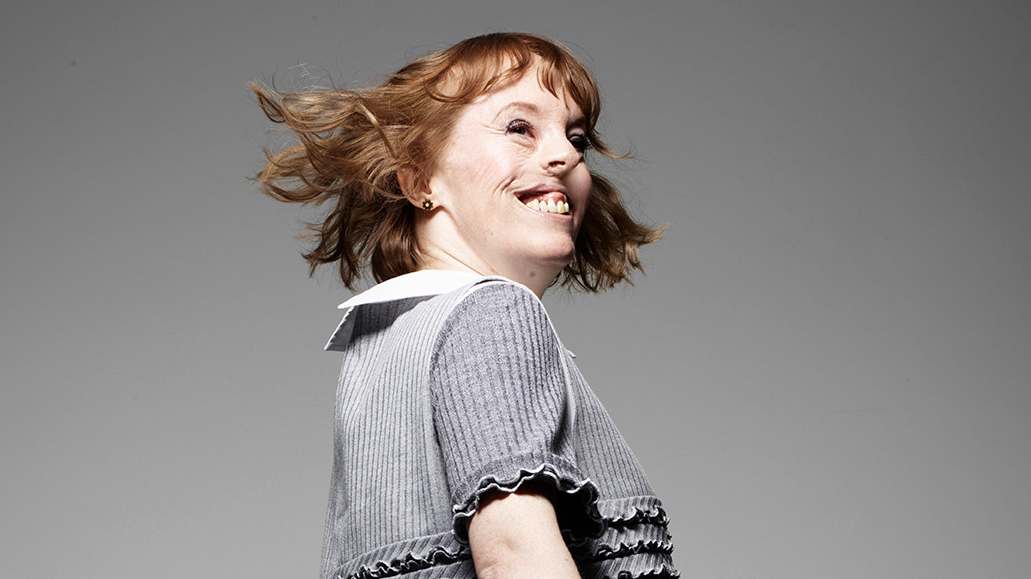
Amanda posing for the Portrait Positive photo shoot (Credit: Rankin)
Amanda was born with a condition called amniotic band syndrome resulting in a cleft lip and palate, missing fingers, clubbed feet and limited vision in one eye. She works at the University of Kent and has a PhD in applied psychology and is a chartered psychologist.
There is no doubt that looking different can be challenging but I wouldn’t change my appearance as I wouldn’t be me anymore, and I’ve come to quite like me, all of me.
After having many surgeries as a child, Amanda is passionate about improving the experiences of people with visible differences within the NHS and society. After experiencing bullying at school which affected her mental health and self-esteem, she is also a strong advocate for the need to support mental health as part of the clinical journey for those with a visible difference.
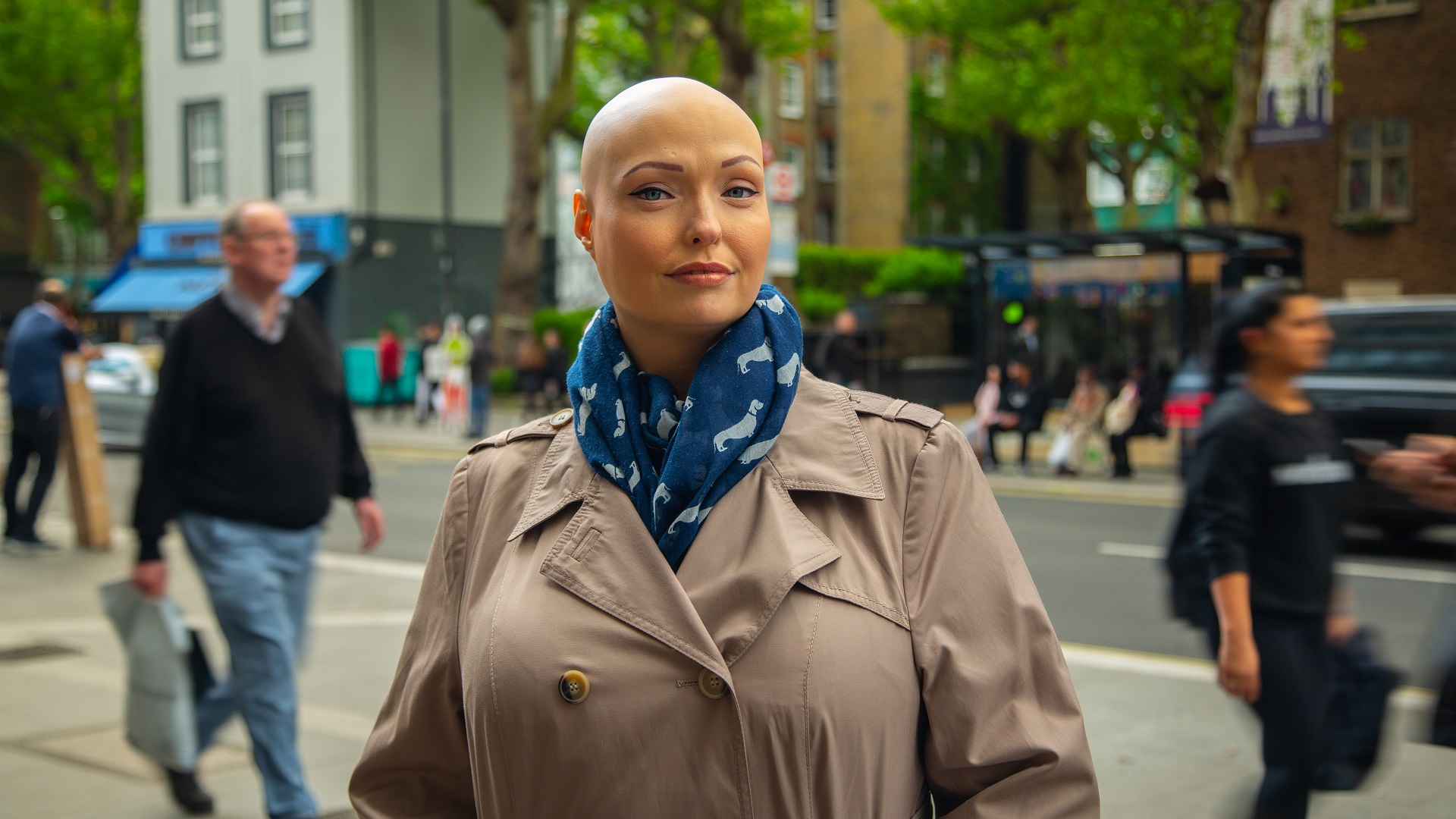
When Brenda was 14 years old she woke up one morning to find her pillow covered in hair. She found out she had a condition called alopecia universalis, which meant that she lost all of her hair at a young age.
Throughout her teenage years Brenda had to put up with endless bullying which affected her confidence and self-esteem. But it also made her all the more determined to share her story to help others.
My confidence has rocketed by a zillion miles now I work WITH my hair loss rather than hide away from it. Society constructs concepts and rules about what makes a person ‘beautiful’ but that’s all it is – a construction, not a reality. I hope to show others that the standard of beauty is not definite, we define it.
As an ambassador, Brenda has campaigned on important issues such as hate crime and representation for people who have a visible difference. This includes modelling for Avon. Brenda feels strongly that “being unique is something that should be embraced”.
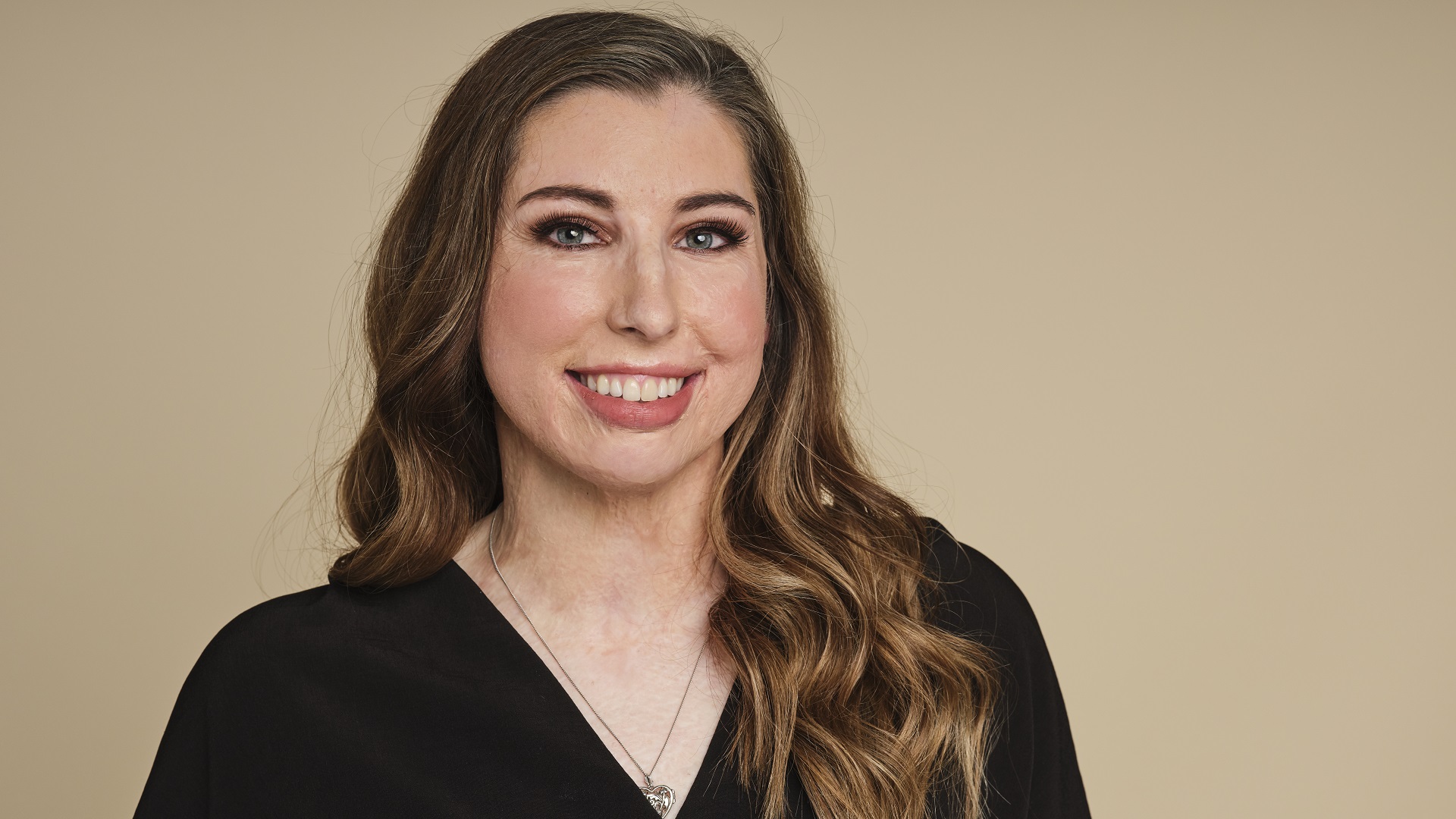
Catrin modelling for Avon (Photo credit: Avon UK)
When she was 19, Catrin was in a coach crash, in which she sustained 96% burns across her face and body. After spending 3 months in a coma and going through 200 operations over the last few years, Catrin is now at university studying physiotherapy, specifically around burns rehabilitation.
When I was receiving treatments for my burns, I would read magazines to pass the time and I never saw anyone who looked like me – so to be a part of a mainstream beauty campaign is so important. Hopefully these campaigns will open people’s eyes to the need for more diversity in the fashion and beauty industry and the impact this can have on people’s confidence and self-esteem.
Catrin modelled for Avon as part of their corporate partnership with us.
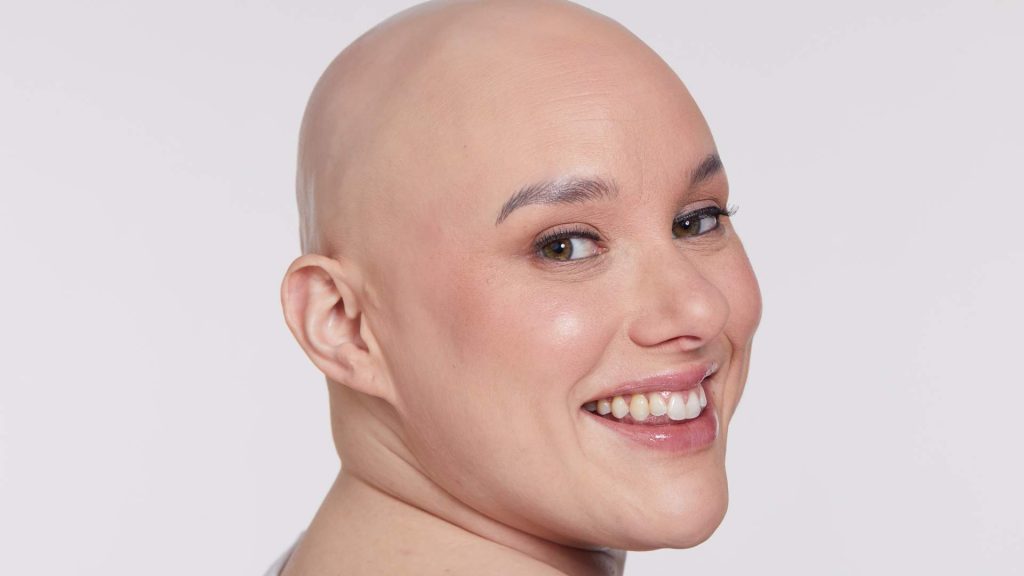
Credit: Claire Harrison
Laura developed alopecia when she was 13 years old. She was so embarrassed by her hair loss she stopped going to school and couldn’t face leaving the house. A wig enabled her to get out and about again, but she felt she had to keep her bald head a secret and her anxiety continued into adulthood.
Carrying the weight of this secret became exhausting, and Laura looked to social media to find a community she could connect to. Sharing her story and seeing others like her removed the shame she felt for looking different.
Alopecia is a random autoimmune condition that I have no control over. It has taken my eyelashes, eyebrows, and all the hair on my body. For many years, alopecia took my confidence too. But no more.
Now, Laura is a proud bald woman who campaigns to ensure that no other person with alopecia, or any other visible difference, feels the need to hide. She has a particular passion for improving media representation, working with Changing Faces to challenge creative organisations on the impact of their choices.
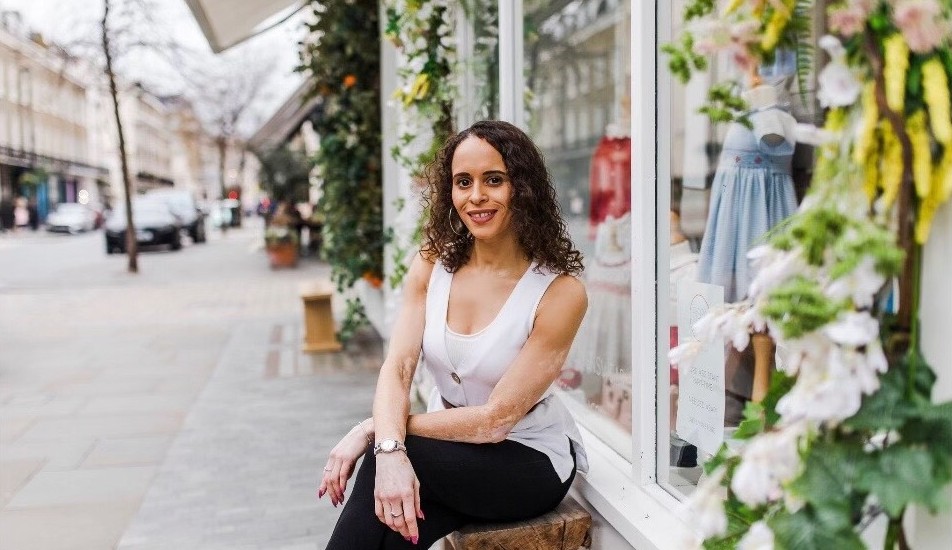
Natalie was 3 years old when she developed vitiligo. As a young child, Natalie was unaware of her visible difference but this changed at secondary school.
Growing up, having vitiligo was often very challenging. My teenage years were my worst. Media advertising and magazines had convinced me that there was such a thing as ‘ideal body’ types who were ‘pretty’ or ‘beautiful’ and I simply didn’t fit into either category.
“I developed a sense of hatred towards my skin. I became very uncomfortable with how I looked and I lacked confidence. Thankfully, things have significantly changed for me since my teens. I’ve learned to love my skin by changing my mindset, becoming part of a vitiligo community, and joining Changing Faces as a campaigner.”
Now Natalie is sharing her experiences, challenging organisations and brands to represent more people with visible differences and provide positive role models for young people to see.
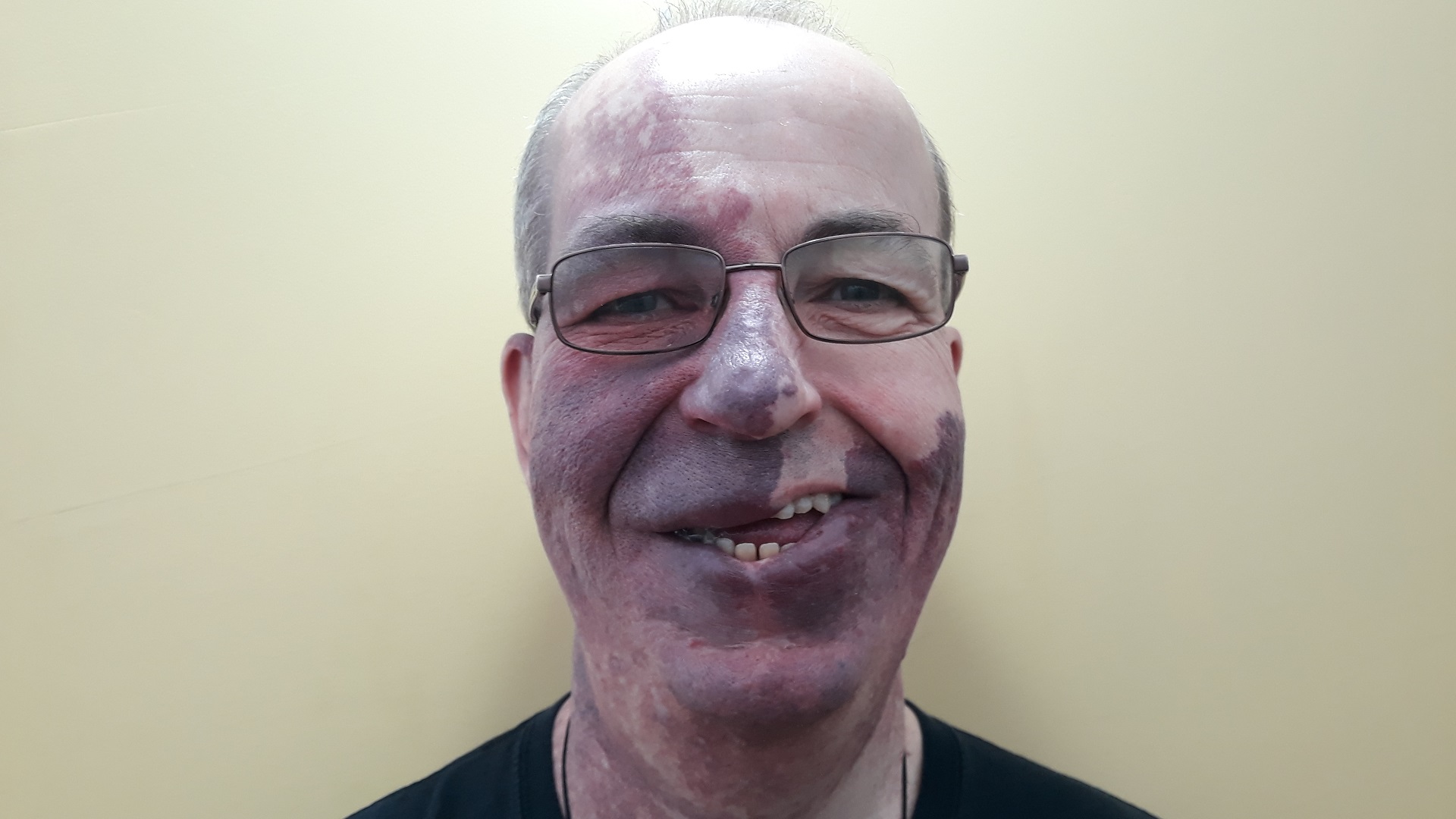
Phil was born with a birthmark that covers three quarters of his face and parts of his body. Growing up, it wasn’t something that his family really talked about. He was bullied at school and later experienced discrimination in the workplace.
I had an interview at a company that fitted satellite dishes and TV aerials, where the man said, ‘I can’t employ you. I couldn’t send you out to a customer with a face like that’. I found that really upsetting.
Phil now has a successful career with DHL and has shared his experiences with employers as well as being a key spokesperson for our hate crime campaign.
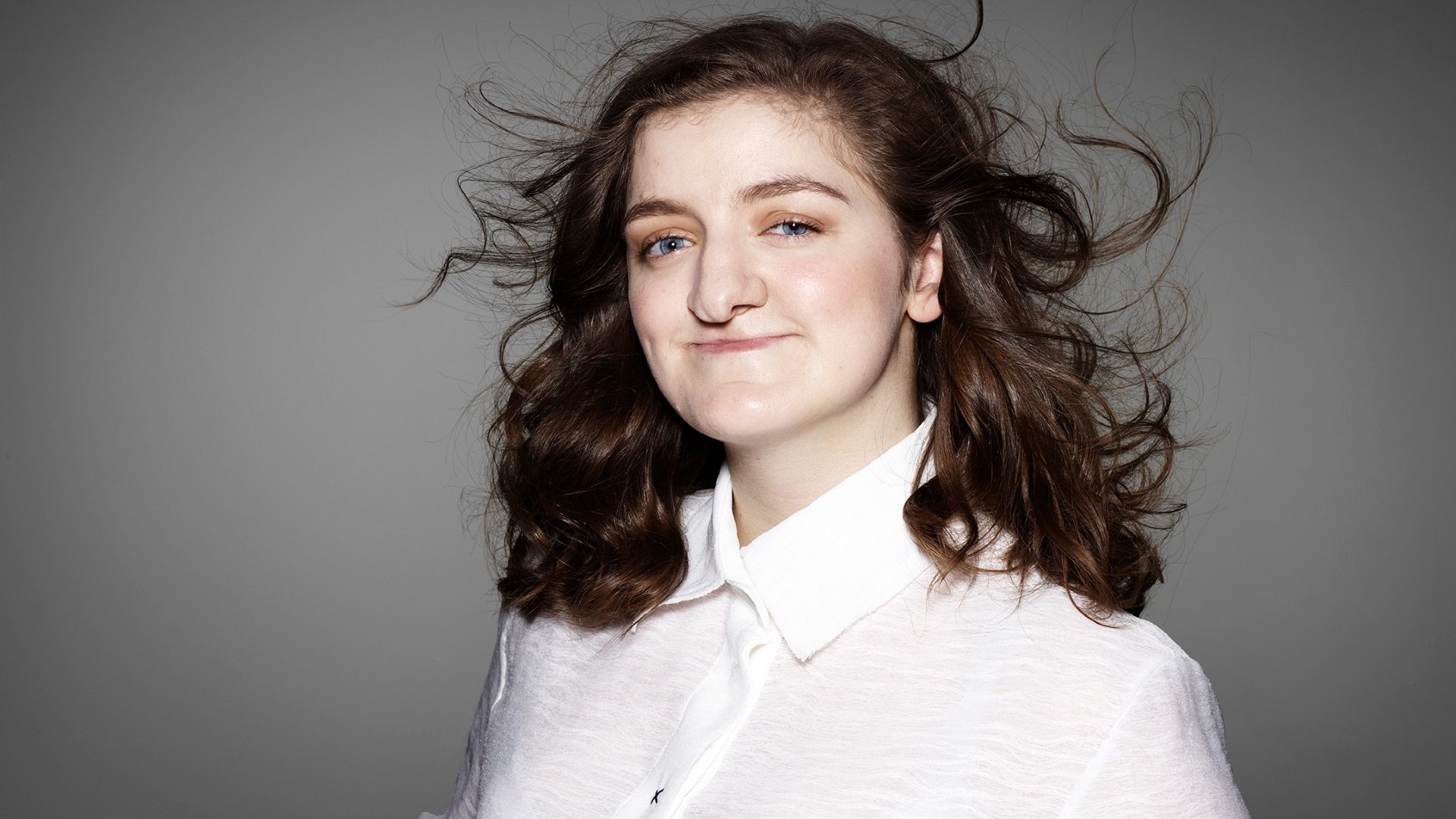
Rhona poses for the Portrait Positive photo shoot (Credit: Rankin)
Rhona was born with a cleft lip and palate and underwent eight operations while growing up to repair different parts of her mouth. Yet despite this Rhona trained as a classical soprano and performed all over the world. She is currently studying for a PhD.
“Cleft lip and palate is one of the most common facial differences there is – around one in 700 people are born with one – but it still seems to be misunderstood and underrepresented in general society. I had a rough time with appearance-related bullying when I was at school, and even now still have some horrible incidents of street harassment.
This has motivated me to work with charities like Changing Faces, so I can speak out about the impact of bullying and encourage children growing up with clefts to become comfortable in themselves.”
Rhona has shared her experiences and was featured in an Avon campaign.
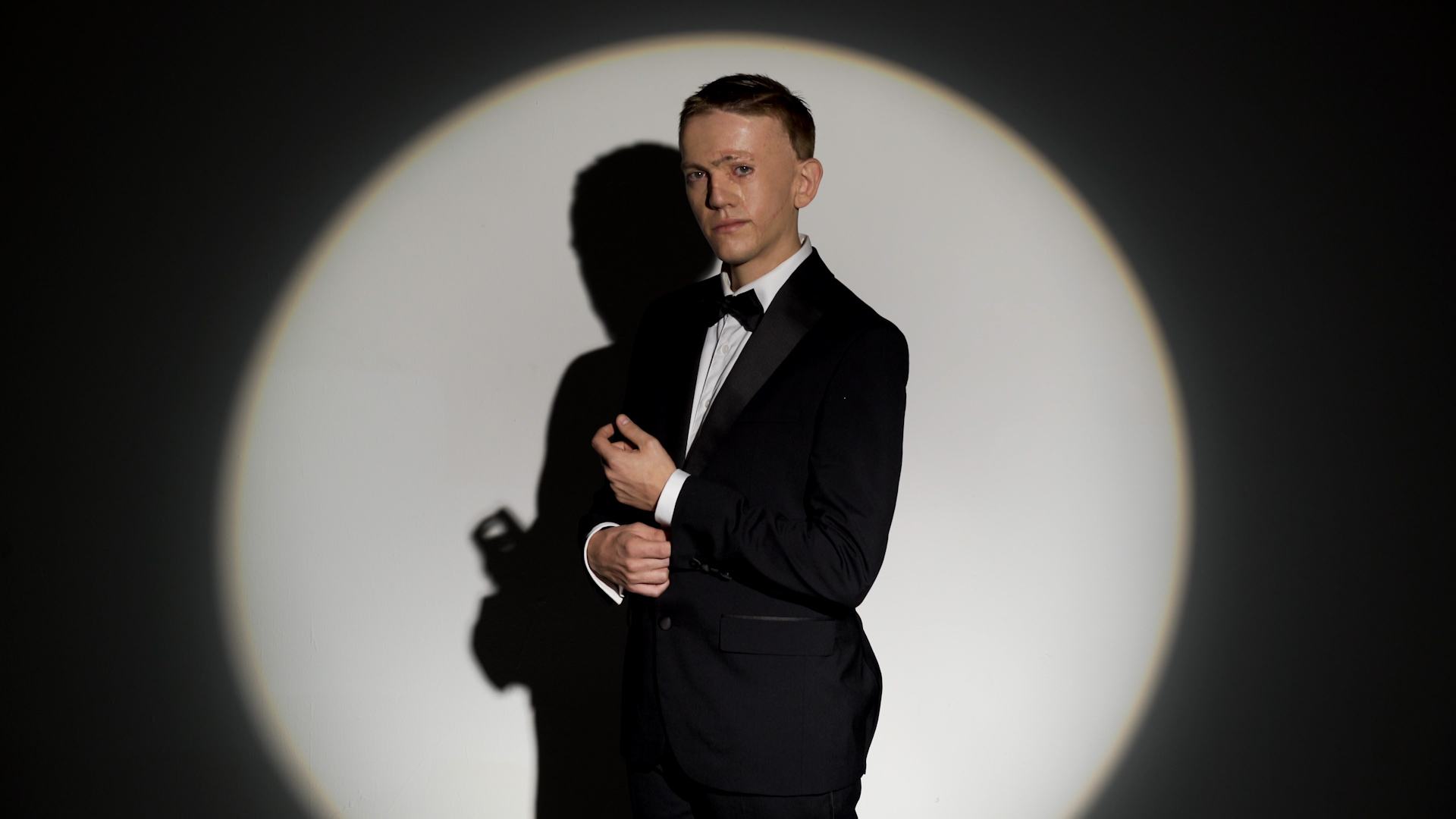
Rob was born with a rare birthmark on his face called a congenital melanocytic nevus. As a child, he had multiple surgeries to remove this, including skin grafts and tissue expansion. Acting has been Rob’s passion since he was in secondary school, helping him to develop his confidence and self-acceptance amongst the stares and negative comments he receives in his daily life.
In real life people look different, we are not all perfectly sculpted or look like the ‘Hollywood ideal’. So why don’t we see more actors that look different playing any role, whether that be prince, hero, child or mother?
Rob hopes to play a part in improving representation in the world of acting, and took on the role of Bond in our I Am Not your Villain campaign film.
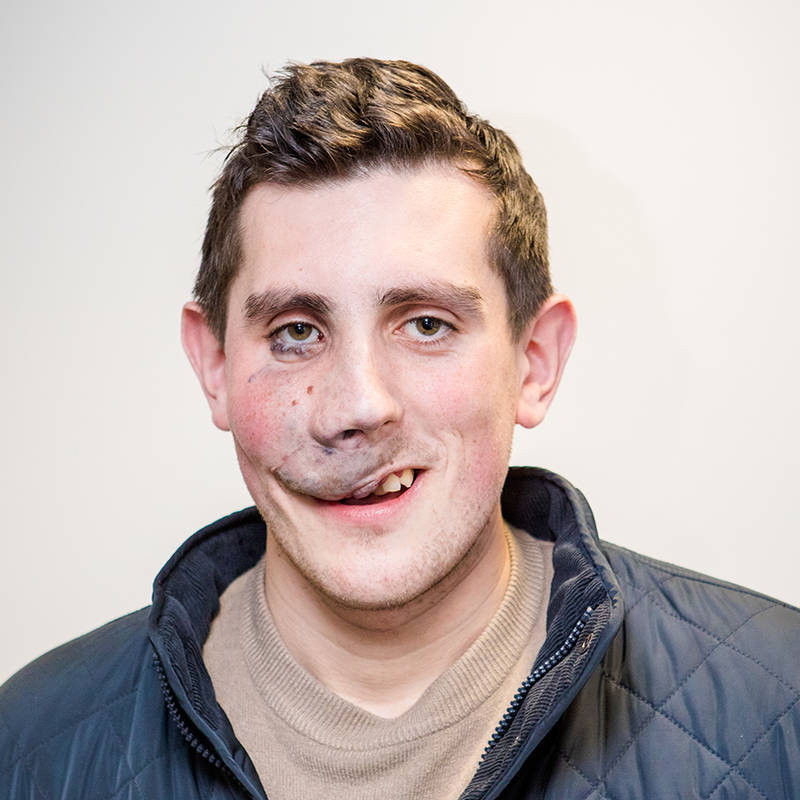
Rory has a large facial birthmark. Since he was a child, he has been treated differently because of his visible difference, experiencing name-calling, stares and bullying. As a result, he came to dislike what he saw in the mirror.
It breaks my heart that there are people still having to go through similar experiences to me. If we start to educate children from a young age not to judge people based on what they look like, they will grow up having a greater understanding.
Now Rory speaks out against the poor treatment of people with visible differences, including getting involved in our 2020 Visible Hate campaign, presenting at conferences, and talking to senior police officers and academics about the harassment he’s received and what needs to change.
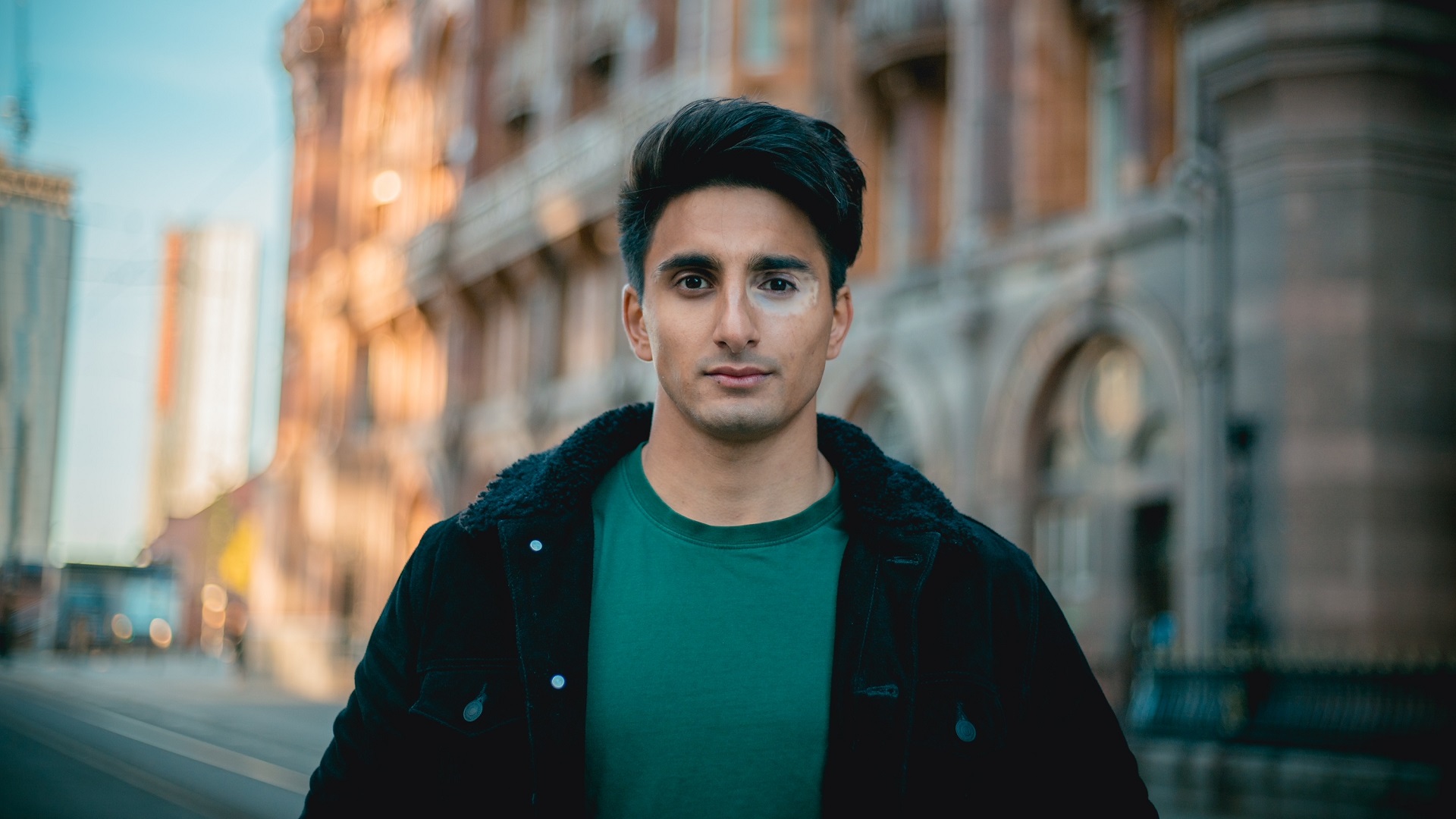
Shankar has a skin condition called vitiligo which means that he loses the pigment that colours and protects his skin and was diagnosed when he was a teenager.
“I was too afraid to show my vitiligo off as a teenager, especially as it was very visible around my eye. I’d given in to society’s view of perfection and deemed myself un-worthy enough to be myself. I remember feeling anxious, and afraid of what others would think – being called names is something I wanted to avoid at all costs”.
It took me seven years to embrace my vitiligo. Now I speak out about living with a visible difference. I’m trying to spread a message of body positivity to inspire others. More brands and businesses should be embracing diversity, they should reflect who their customers really are.”
Our campaigners are a diverse group of adults from across the UK, united to speak out about living with a visible difference.
Meet our spokespeople and find out how you can arrange a media interview with them or a member of our expert team.